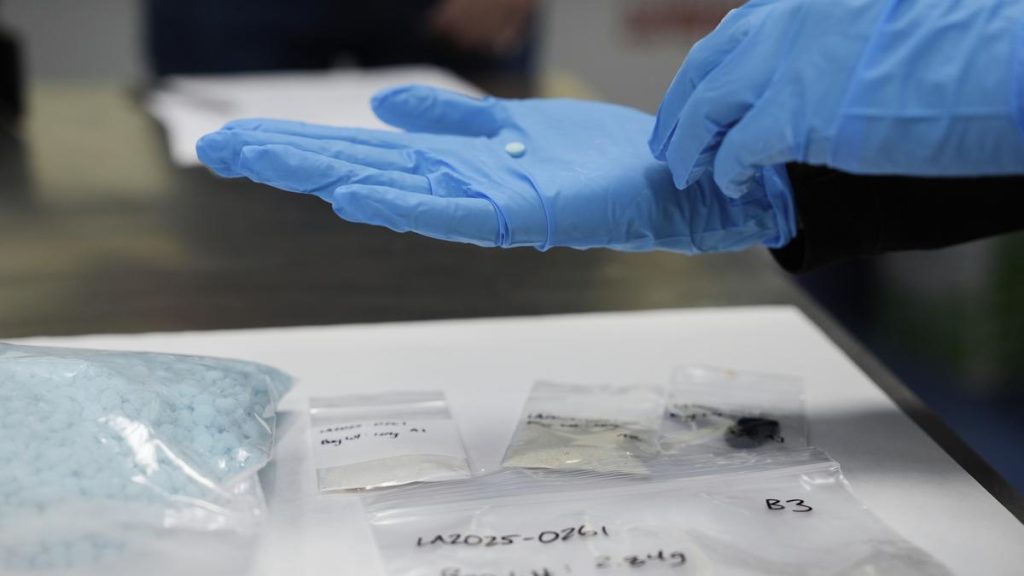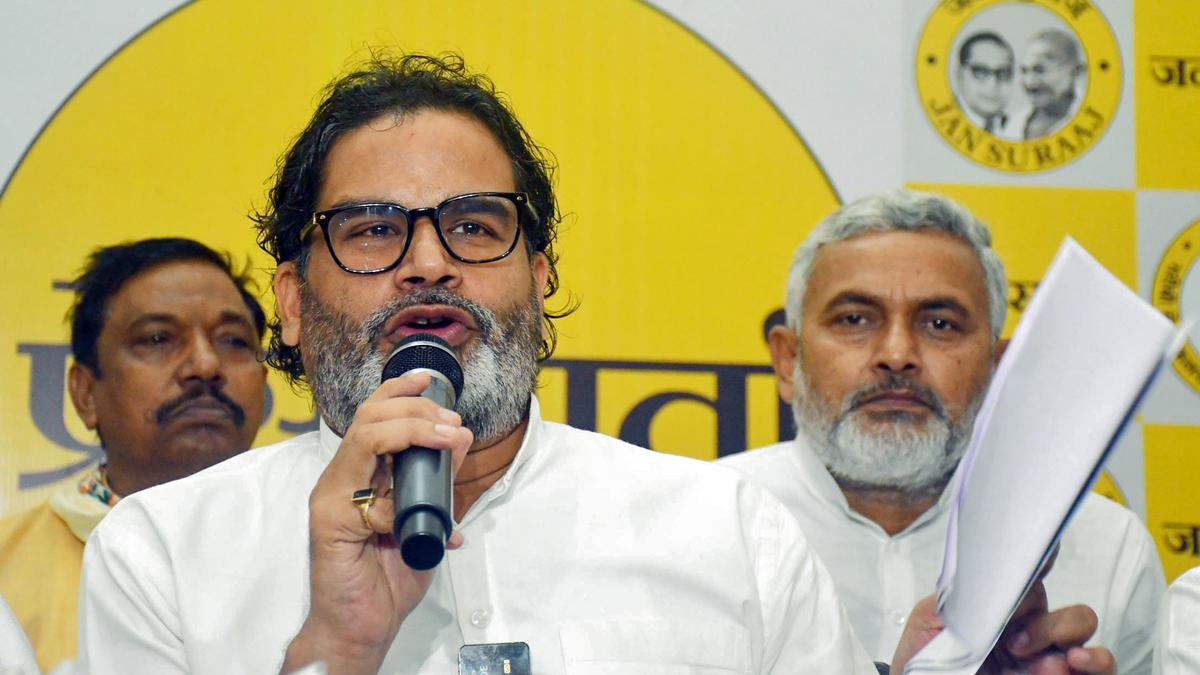Now Reading: Rising Concerns Over Amoebic Meningoencephalitis Cases
-
01
Rising Concerns Over Amoebic Meningoencephalitis Cases
Rising Concerns Over Amoebic Meningoencephalitis Cases
Fast summary:
- Amoebic meningoencephalitis (AME) cases in Kerala, India, have seen a important rise since 2024 due to aggressive testing strategies.
- AME was first documented in India in 1971, while kerala reported it’s first case in 2016. Until 2023, cases were sporadic and fatalities total; however, numbers surged in recent years.
– In 2024: 39 cases wiht eight deaths.
– In 2025: Total of 71 cases so far, with September alone accounting for 24 diagnoses and resulting in a cumulative death count of 19.
- Out of the combined total (110 cases from 2024-25), only 11 were caused by Naegleria fowleri, often called the “brain-eating” amoeba.Misleading media headlines falsely emphasize this rarity.
- The majority are caused by Acanthamoeba-which exists widely across various water sources like wells and swimming pools-as well as hospital environments such as ventilation systems.
– Acanthamoeba infection primarily affects immunocompromised individuals such as renal dialysis or cancer patients but poses little risk to the general population when precautions like avoiding untreated water are observed.
– N.fowleri infections typically follow exposure through nasal irrigation or contact with contaminated waterbodies and show rapid symptom progression within two weeks.
- Aggressive diagnostic practices targeting free-living amoebae (FLA) post-Nipah outbreak have helped substantially reduce AME mortality rates to 24.5% versus previous fatality levels near total (~99%). Six lives have been saved out of the State’s recorded nine N.fowleri-related infections thus far via prompt interventions.
- Public health actions rooted under broader re-routing ecosystem One Health mode-driven implications launched including engagement / chlorinary outreach w/27 potential sample-action collaboration now tracked institutionally.
—
Images embedded where implied























